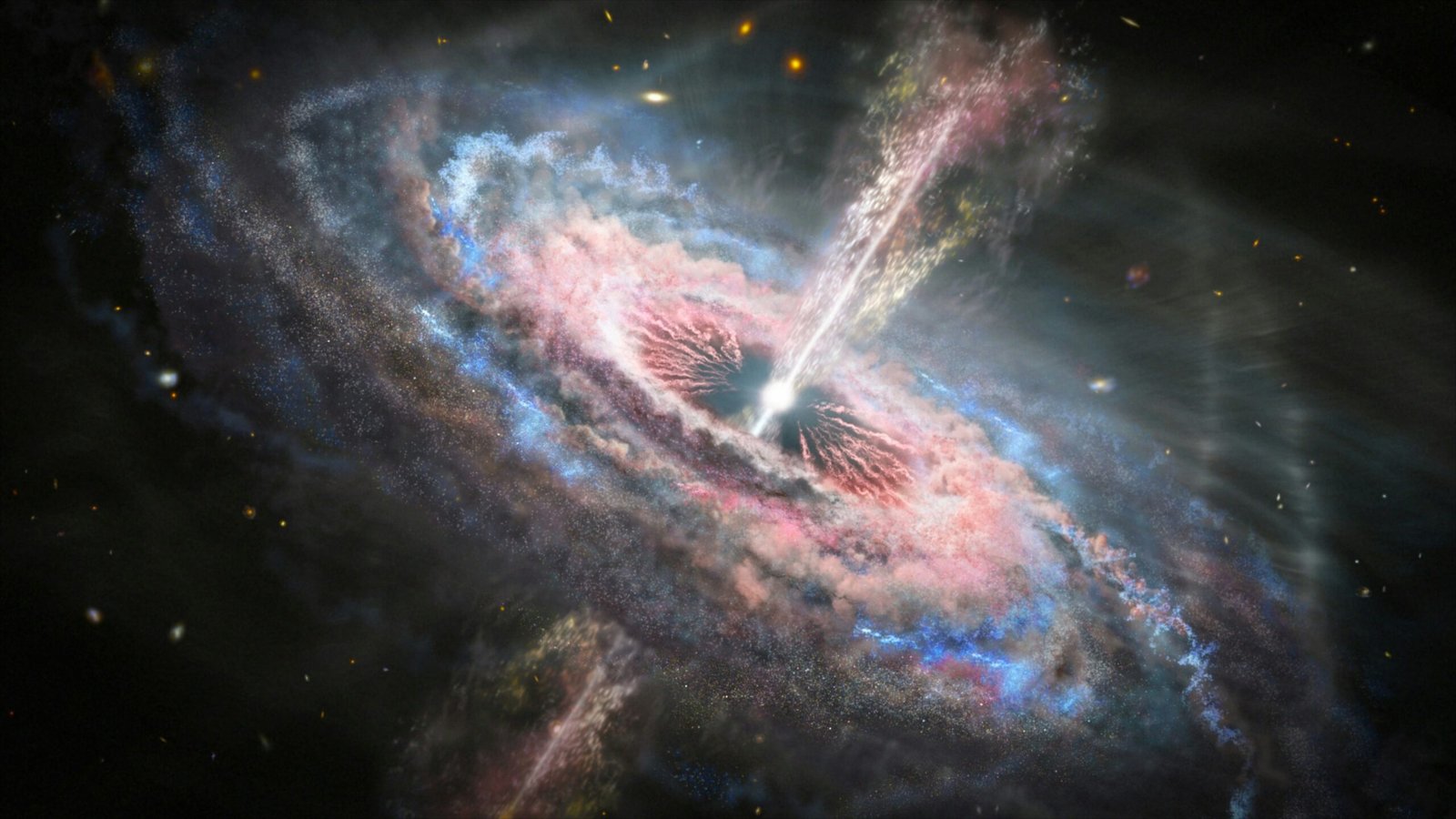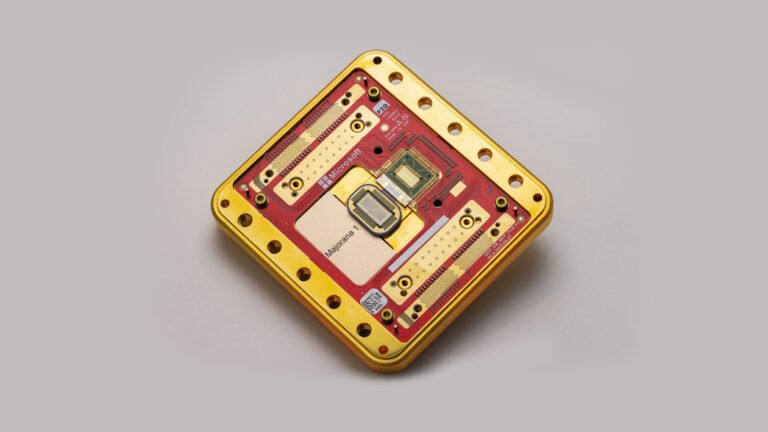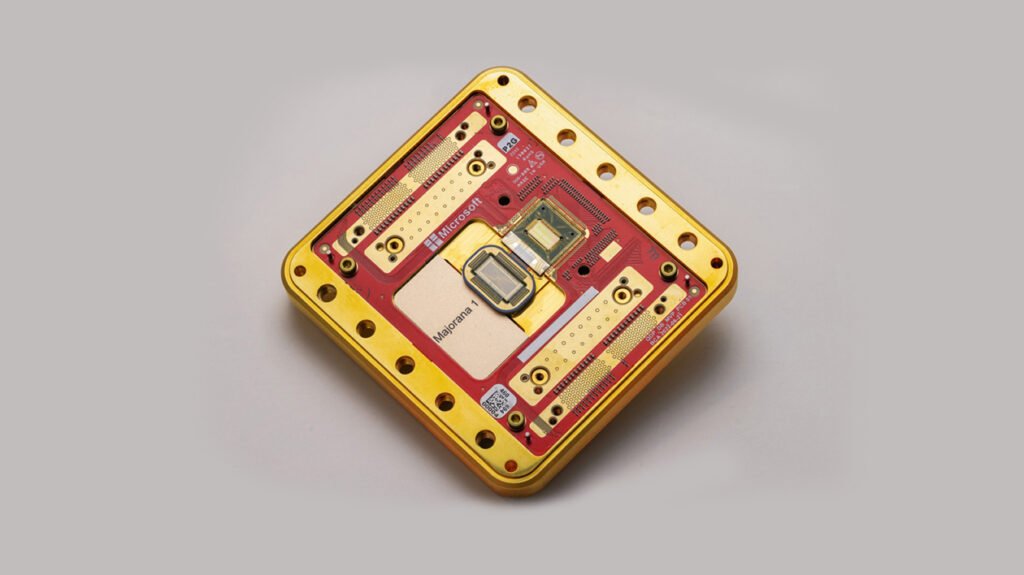The universe is a place of incredible, often violent, phenomena. Among the most dramatic events are those involving supermassive black holes. These cosmic behemoths consume stars, and in a recently understood process, they can “burp” out powerful jets of plasma. This fascinating Black Hole Burp Discovery offers unprecedented insights into the life cycles of galaxies and the extreme physics at play. The recent observations of galaxy AT2022cmc have particularly illuminated these extraordinary cosmic events, proving that black holes have complex “digestion cycles.”
Black Hole Burp Discovery: When a Star Meets Its End
The remarkable Black Hole Burp Discovery centers around a phenomenon known as a Tidal Disruption Event (TDE). This occurs when a star ventures too close to a supermassive black hole. The black hole’s immense gravitational forces tear the star apart, stretching it into a thin stream of gas. Some of this stellar material falls into the black hole, fueling it. However, a significant portion can be ejected outwards in powerful, collimated jets. These jets represent the “burp” — a release of energy after a massive feeding. The event designated AT2022cmc, observed in early 2022, provided astronomers with an exceptionally clear view of such a powerful and distant stellar demise. This was truly a monumental occasion.
AT2022cmc: A Cosmic Indigestion Unveiled
Located approximately 8 billion light-years away, galaxy AT2022cmc hosted one of the brightest and most distant Tidal Disruption Events ever observed. Astronomers detected intense X-ray and radio emissions as the black hole devoured the star. This provided crucial data on the formation of relativistic jets. These jets are essentially superheated plasma traveling at incredible speeds, verified to be over 99% the speed of light. Such high velocities underscore the extreme energy involved in these cosmic processes. The sustained observation of AT2022cmc has allowed scientists to study the long-term effects of a black hole’s feeding, akin to understanding its “cosmic indigestion” cycle.
Understanding the Black Hole Burp Discovery: How We See It
Observing a Black Hole Burp Discovery from billions of light-years away requires a symphony of advanced telescopes. While the Event Horizon Telescope (EHT) excels at imaging the immediate vicinity of black hole event horizons, the observations of AT2022cmc’s jets primarily relied on other powerful instruments. Radio telescopes like the Karl G. Jansky Very Large Array (VLA) and the Atacama Large Millimeter/submillimeter Array (ALMA) were crucial. Additionally, X-ray observatories such as the Chandra X-ray Observatory and Swift provided vital data. By combining data across different wavelengths, astronomers could piece together the complex dynamics of the jet’s formation and propagation. This multi-wavelength approach is fundamental to modern astrophysics.
Scientific Breakthrough: Insights into Jet Formation
The observations of AT2022cmc represent a significant scientific breakthrough. This particular TDE was unique because its jet was pointed directly towards Earth, making it appear exceptionally bright. This fortunate alignment provided a rare opportunity. Scientists could study how supermassive black holes launch these powerful jets, a process still not fully understood. The data supports theories that link the accretion of stellar material to the expulsion of energy. Researchers are now able to track the evolution of these emissions over time, gaining insights into the physics of relativistic outflows. This deepens our understanding of fundamental black hole behaviors.
The Wider Impact: From Science to Memes
The Black Hole Burp Discovery has not only captivated the scientific community but also sparked public fascination. The vivid analogy of a black hole “burping” resonates widely, making complex astronomical phenomena more accessible. When AT2022cmc’s observations were first announced, the concept quickly gained traction online. It even led to a flurry of “black hole burp” memes across social media platforms like Twitter/X. This popularization reflects a broader public interest in cosmic mysteries. It helps bridge the gap between cutting-edge astrophysics and everyday understanding. The ongoing study of such events continues to push the boundaries of our knowledge about the universe.
For more news and updates, please visit PFM Today.













